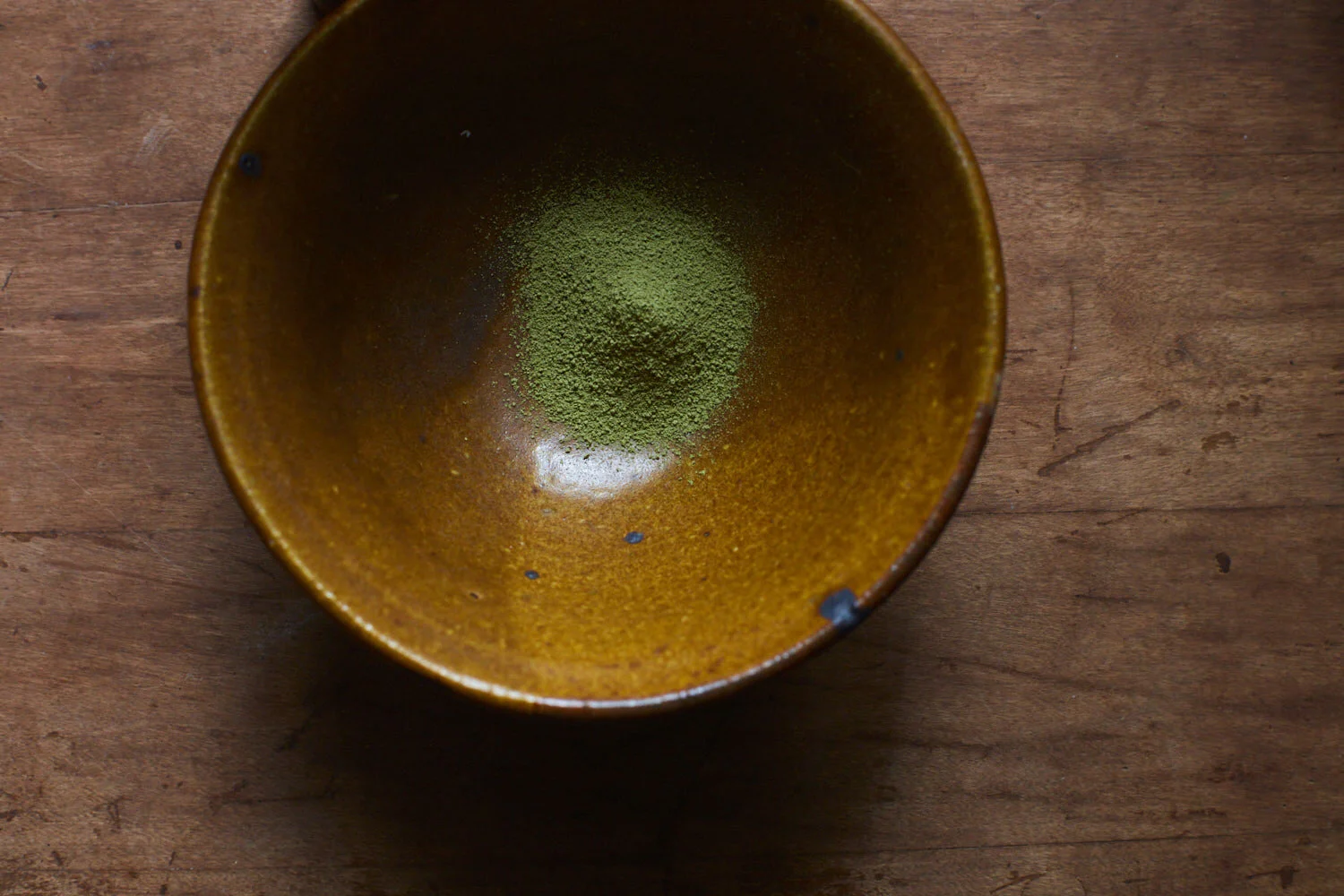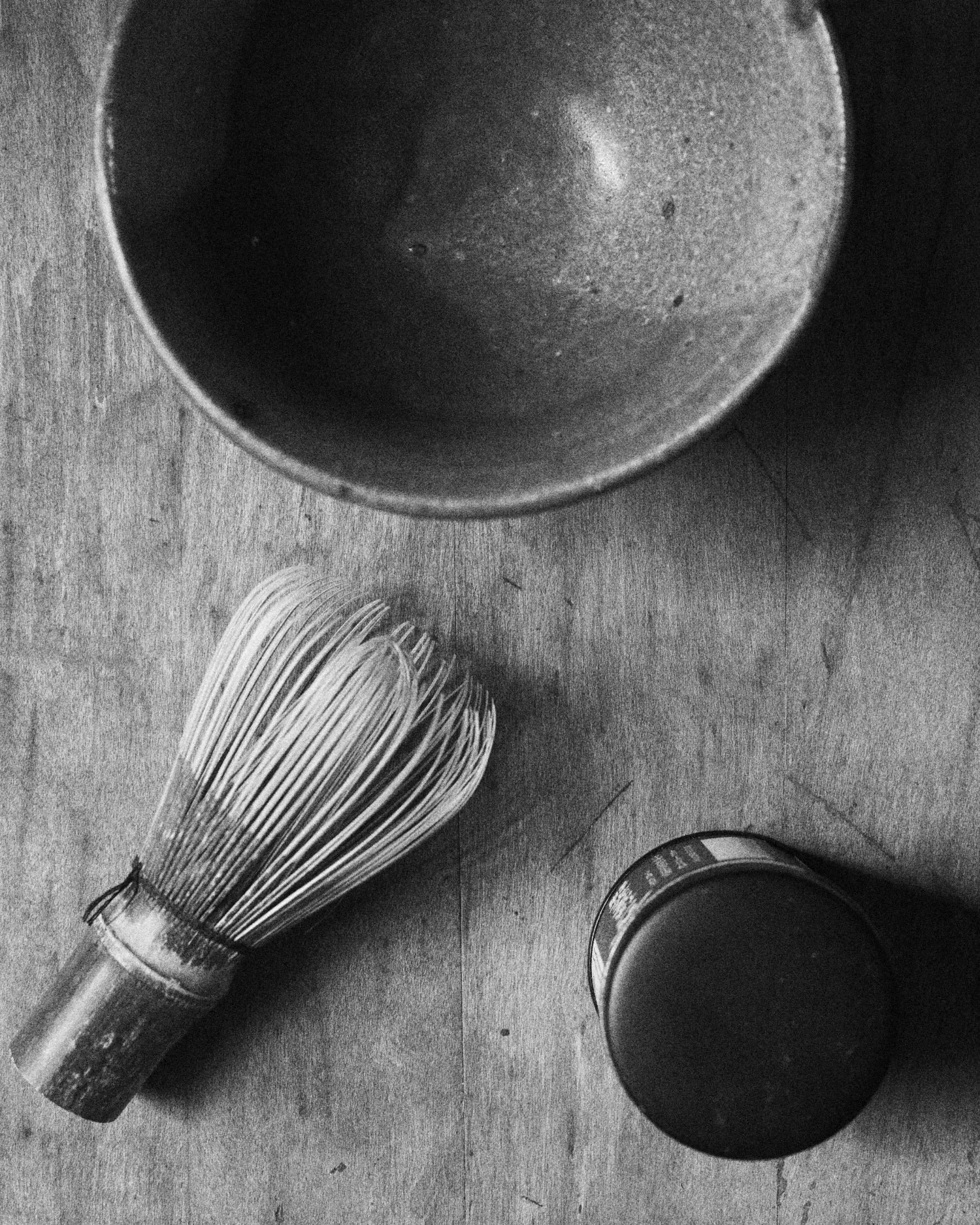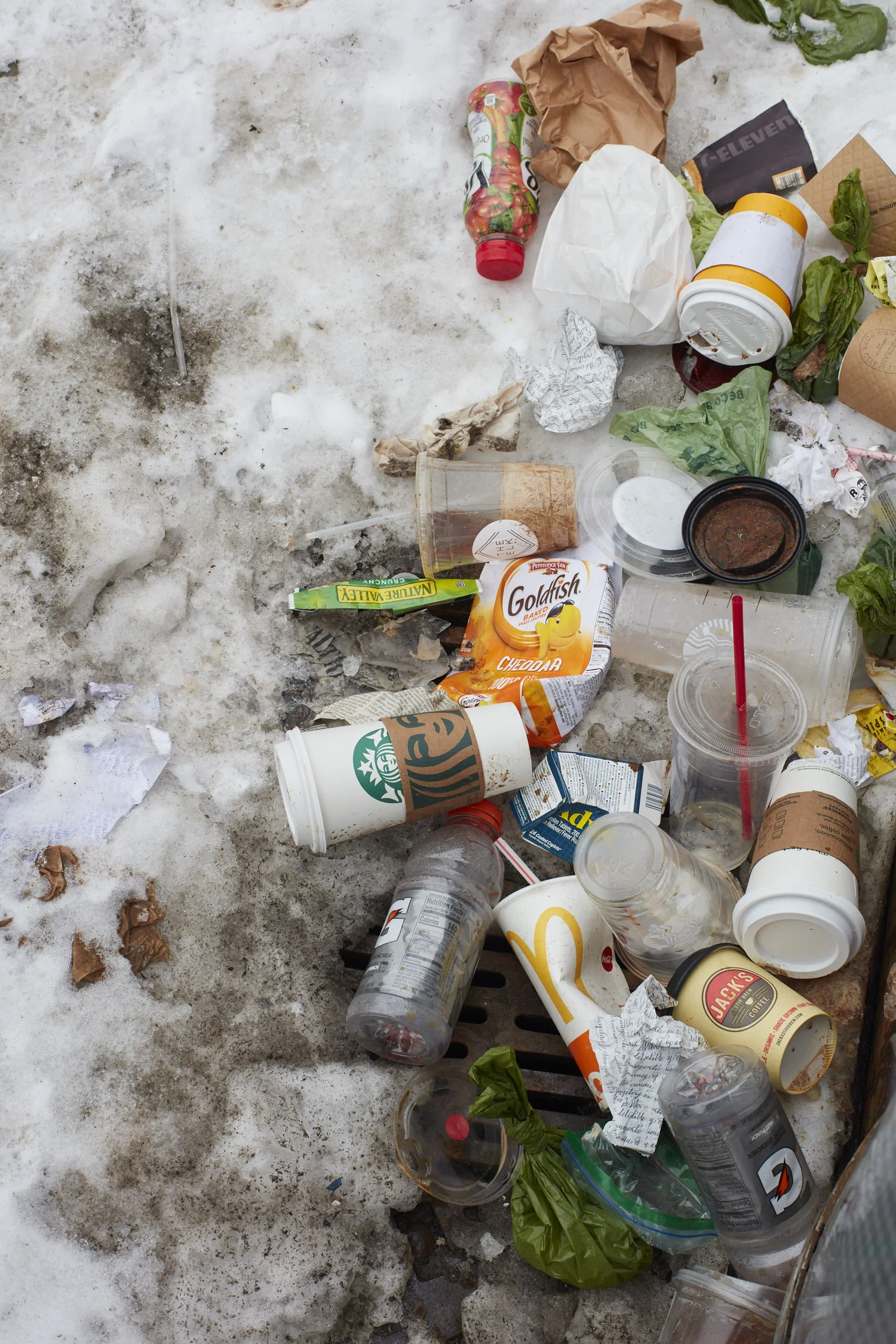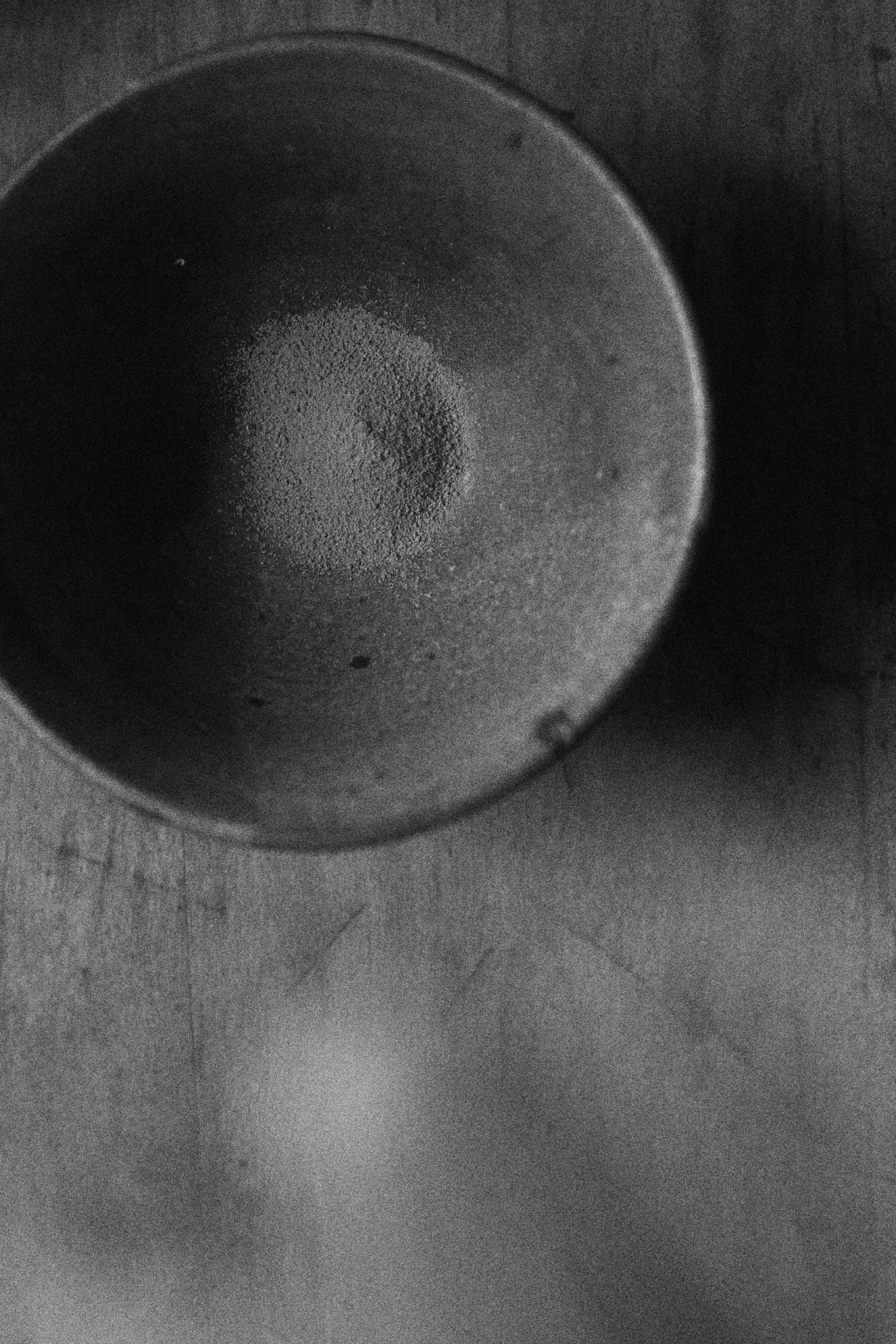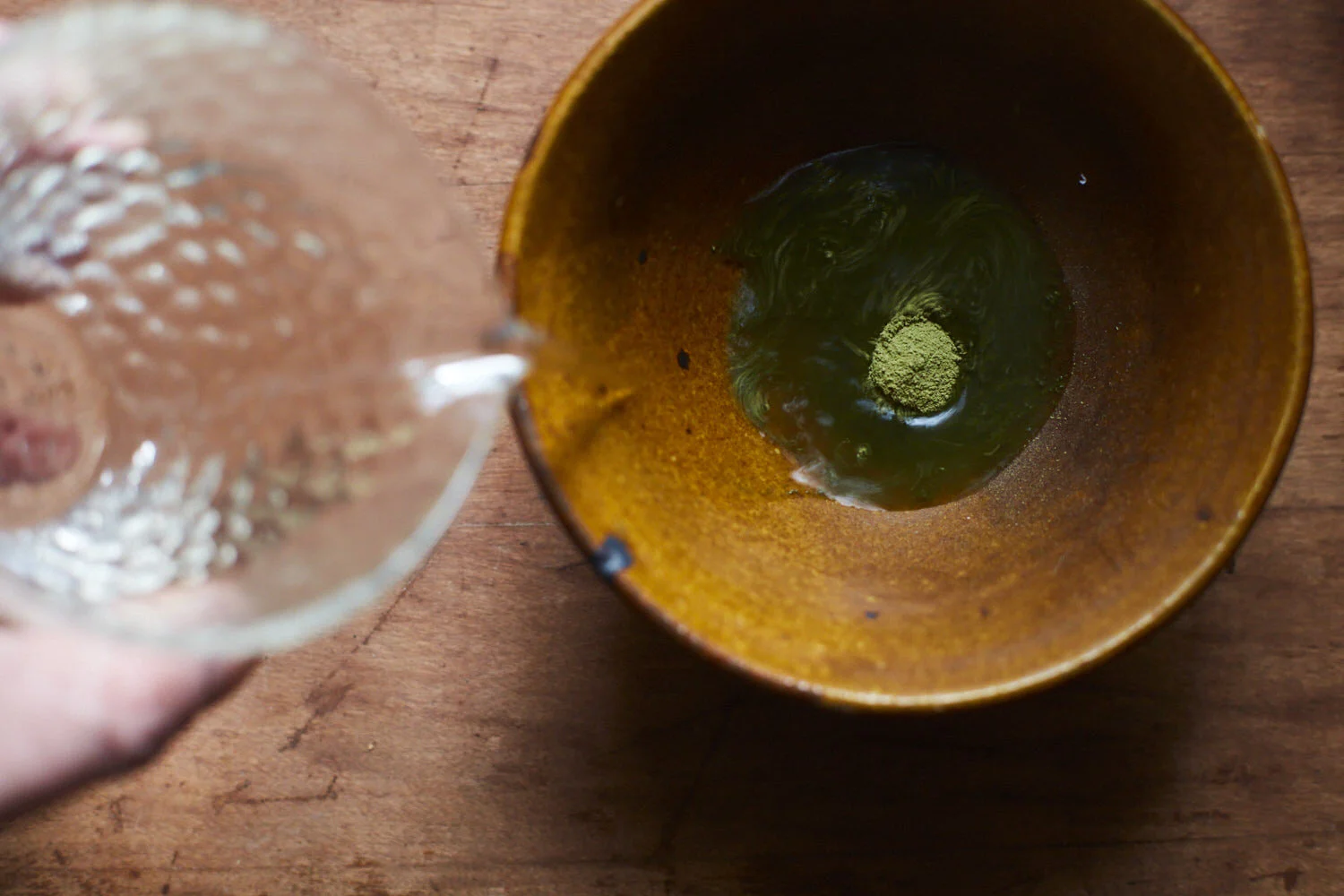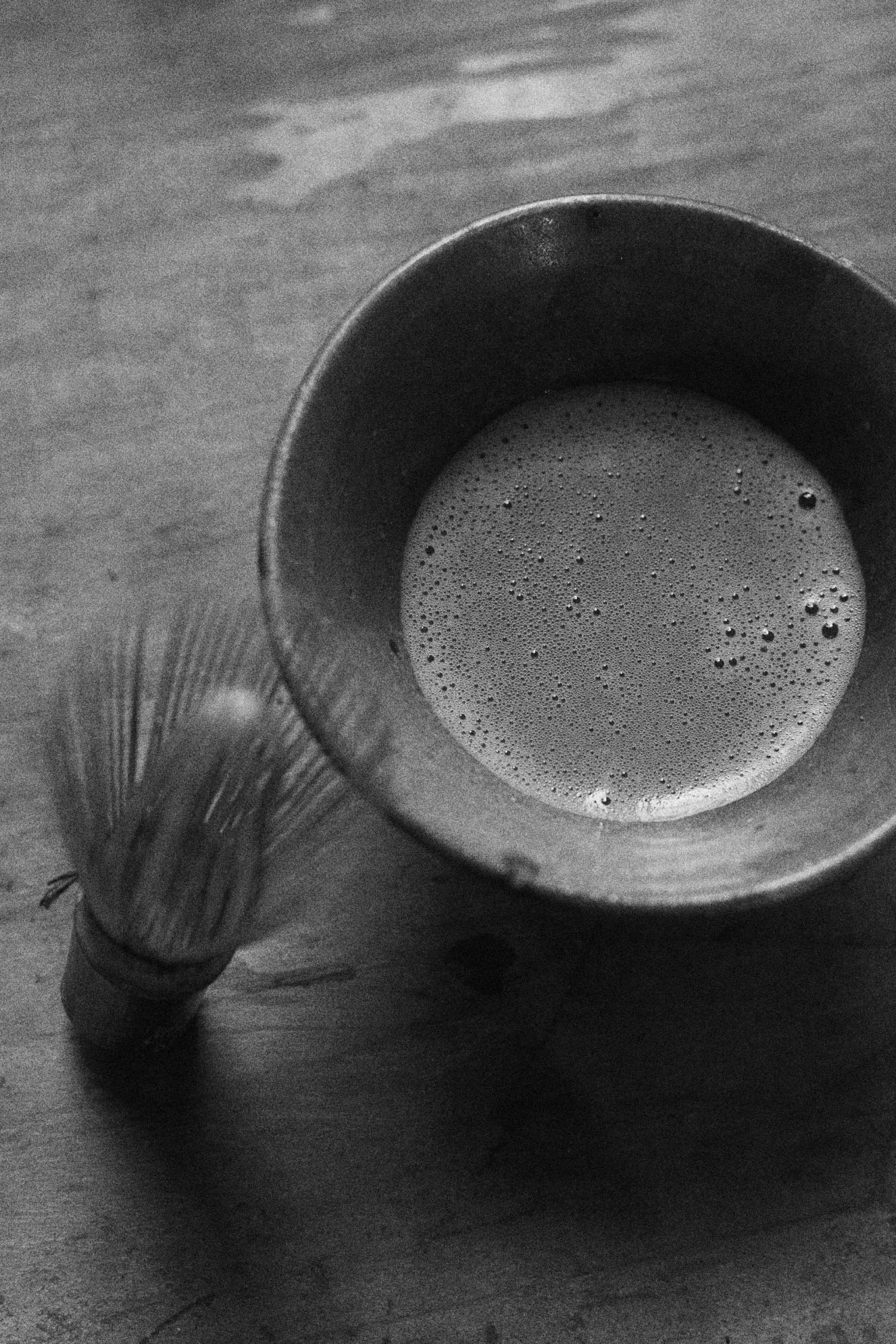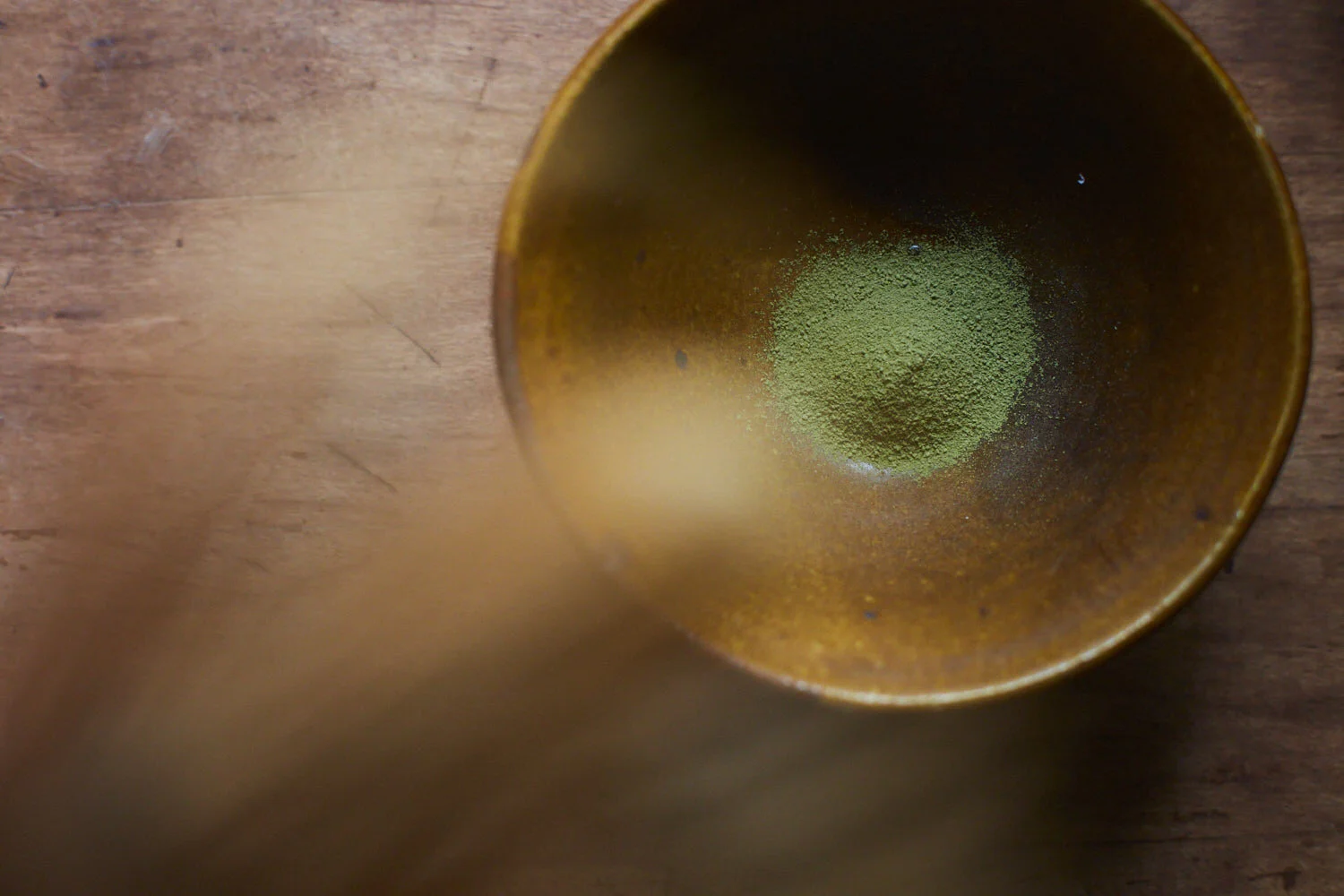What Matcha Does Starbucks Use? (Spoiler: It's Not Even Matcha)
So you've probably heard about Matcha green tea. It's the latest trendy health beverage… But unfortunately, most places that serve it know little about it, or they don't sell high-quality tea.
Even worse – some of the most popular places that serve Matcha don't even serve 100% pure Japanese Matcha. And one of the biggest offenders is probably Starbucks, so… What Matcha does Starbucks use?
Here’s the answer: Starbucks Matcha is technically not even Matcha, but rather just plain sugar! That’s because it’s a powdered mix of at least 51% pure added sugar, with some ground green tea added into it.
To be considered true Matcha, there should be no added sugar, let alone more than half. As for the small amount of powdered green tea in the mix: there is little information as to where it’s actually from.
This article will dive straight into the details of what "Matcha" Starbucks uses, everything else you need to know about true Matcha, and why you should be drinking it! Grab a cup and let's get brewing.
What is Matcha
First, we should ask the question What is Matcha? The answer is pretty simple – it's ground Japanese Green tea (which just means it's powdered).
Matcha tea powder is then whisked into hot water and consumed. This is one of the most unique things about it: it's not a brew of loose-leaf tea. Meaning you drink tiny pieces of Green tea leaf that are suspended in the water.
And the Taste?
What does Matcha taste like? It usually tastes a bit like green vegetables and has a prominent savory (umami) note, as well as a slight bitterness. Some Matcha even has a little sweetness. And it's packed with antioxidants and other health benefits.
In the Matcha Vs Coffee debate, these health benefits make it a clear winner in my book. But the main thing to remember is that Matcha is a powdered Green tea that is grown in Japan.
Starbucks "Matcha"
Starbucks' Matcha tea blend does contain some Japanese Matcha. But the first ingredient listed on the nutritional label is sugar! Meaning that (at best) 49.9% of this powder contains actual Matcha.
One 16oz Matcha latte from Starbucks contains 32g of sugar! A homemade Matcha Green tea latte contains zero… Why is any of this important?
Well, for starters, you're drinking mainly sugar, not Matcha. Meaning you're not only masking the true flavor of the tea, but you're also getting less of the awesome nutrients and health benefits that Matcha is packed with…
Just How Bad is Starbuck’s Matcha Latte?
I want to put into perspective just how bad for you a Starbucks Matcha latte is: a 16oz latte has 32 grams of sugar as we mentioned. But guess how much sugar is in a 16 oz coca-cola? Also 32 grams.
That’s seriously dangerous. Because most people choose a Matcha Latte from Starbucks as a “Healthy” alternative to other drinks. And remember: there’s no asking for “no sugar”. Because the “Matcha” powder itself is the sugar.
I appreciate that Starbucks services the Matcha latte as it can “open the door” to people discovering Matcha for the first time. And, that’s great!
But… frankly, I find that amount of sugar predatory. Especially since it’s hidden in the powder itself, rather than added by request.
The Quality Issue
While Starbucks does use a Matcha tea blend that includes some Japanese Matcha, it's important to realize that the quality of the Matcha used in their blend is an economy product.
Real, high-quality Matcha is quite delicate, and its entire flavor profile will be altered with the addition of sugar.
Starbucks Matcha on the other hand must be affordable, and available in large quantities, which rules out small batch and high-grade Matcha products.
The Concept of Terroir
The tea plant is sensitive to the environment it grows in. Meaning the soil, light, and climate around the plant impact its health and the flavor of the tea made from it. This concept is known as ¨terroir¨.
So, like wine, the growing location makes or breaks a tea. This is incredibly important with Matcha. Better (or true) growing locations means better tea. So put simply: Matcha must come from Japan, and some locations in Japan grow better Matcha than others.
Note: If you are interested in knowing more about the best Japanese Matcha terroirs, I invite you to read our detailed guide on the topic: 5 Famous Matcha Regions in Japan here.
Matcha Processing Techniques
Beyond the fact that Matcha only comes from Japan (meaning it's a geographically specific crop, much like certain wines) – there are also specific growing techniques that tea farmers in Japan use to make Green tea leaves into Matcha.
Most of these techniques have to do with how the tea plants are shaded during growth. The plants are usually shaded with row coverings that allow some light to still get through. Most tea leaves that are used to make Matcha are shaded for about 20 days before being picked.
This change in sunlight has profound impacts on the plant. As a result, chemical reactions change within the leaf, which directly changes the flavor of the tea.
Remember the savory note I mentioned Matcha has? That's called umami – and it's one of the most essential parts of Matcha's flavor profile. And it takes real skill and craft to properly control the flavor and umami of a tea plant.
Fake Matcha?
It's no secret that Matcha has become extremely popular in recent years. A lot of that is thanks to big companies (like Starbucks) serving it at their shops and is fueled by the fact that Matcha is the latest health food beverage.
But with such market demand, quality sometimes suffers… And what's even worse is that a lot of Matcha most consumers have access to isn't real Matcha. But rather, a counterfeit product.
Other tea-growing countries (like China) have begun to capitalize on matcha's recent boom, producing sub-par Green tea powder not grown in Japan - thus not actually Matcha.
Why is this an issue?
Well, to start, remember back to the concept of terroir: tea plants take on the flavor of the soils and microclimates they grow in. Meaning that Green tea powder grown in a different country will likely taste radically different.
And because most of these plants aren't grown properly (meaning the shading process is done wrong or not at all), the flavor of these fake Matcha green tea powders isn't even really like true Japanese Matcha.
How do Companies Get Away with this?
Well, it's mainly because most consumers are unaware. Most drinks made with Matcha in a cafe setting (like a Matcha Green tea latte that's mixed with milk) are made with powdered green tea but mistakenly labeled “Matcha.”
Fake Matcha tastes pretty bitter and bold but it’s covered up with lots of sugar and milk. So, it's a cheap substitute for big companies.
The biggest thing to realize is that it's not at all a true representation of Matcha green tea. Meaning it doesn't honestly or realistically express the depth or true flavors of Matcha.
Why You Should Drink Authentic Matcha
Okay, so it's pretty clear by now that I'm a bit of a tea geek. You only wanted to know what Matcha Starbucks uses in their drinks and I went off on all these weird tangents… But it's because I really believe in drinking authentic Matcha!
It's such an interesting, flavorful tea that most people (unfortunately) peak within their cup at Starbucks. Drinking real Matcha (or authentic Green tea powder from Japan) has many benefits:
It's going to taste like what it's intended to
It's likely to have many more nutrients and antioxidants
It's likely to be more recently ground (meaning it tastes fresher)
And it leads to a way better Green tea drinking experience
Spilling the Tea
Now that you know that Starbucks doesn't use 100% real Matcha and that some cafes are pedaling fake Matcha grown outside of Japan, I encourage you to ditch all the sugar and try out authentic Matcha!
If you’re not sure where to find that, then Ooika is your answer. We happen to stone-mill Japan’s most rare and celebrated single-cultivar Matcha, here in the United States. You can buy our freshly ground high-quality Matcha here with our Uji Barista (バリスタ) Matcha that has no added sugar.
And if you don’t feel like giving up the sugar in your Matcha latte, what about trying our Sweet Uji Barista (バリスタ) Matcha to upgrade the quality of your drink? It’s made from real Matcha grown in Shirakawa (Uji, Kyoto), and every serving contains 1g of Matcha for 10g of powdered cane sugar - which is way less than any Matcha latte served in Starbucks shops.
MORE ON MATCHA

